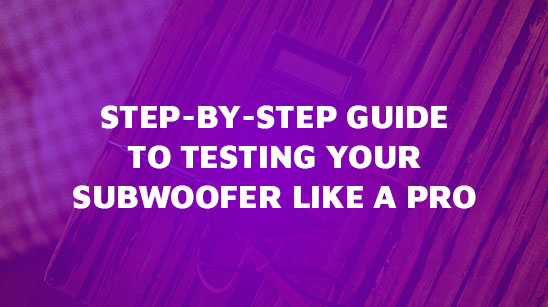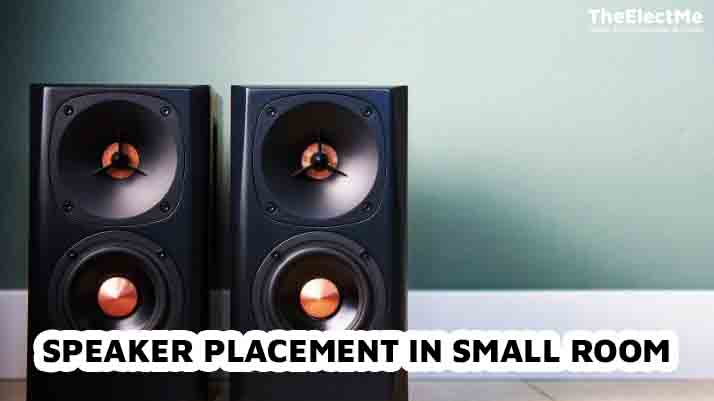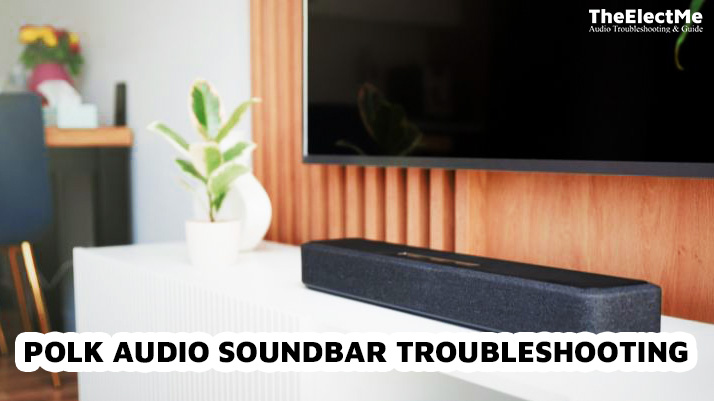Subwoofer makes an essential component of any speaker setup that needs to produce clear and deep bass. Whether you enjoy the best music in your car or want your TV setup to sound exceptional, having a subwoofer will add a lot of quality to the sound. However, sometimes you need to learn how to test subwoofer, especially if it creates distortions and crackling sounds.

Mastering Subwoofer Testing with a Multimeter: A Step-by-Step Guide
To test your subwoofer with a multimeter, you will need a multimeter that measures resistance, current, and voltage. Apart from that, you will not need any other tool, and here are the steps to follow:
Steps:
- Please turn off your subwoofer and remove its power source and any other wires connecting to it.
- Locate the voice coil of your subwoofer. Remember that different subwoofers will have different voice coils.
- Connect the multimeter to the positive terminal of the voice coil.
- Turn on the multimeter and see the resistance of the subwoofer.
Resistance being 1 ohm or higher means that the subwoofer is blown out. The voice coils are damaged if you don’t get any resistance. If you don’t get a stable multimeter reading, the whole unit is terrible, and it is time for a replacement.
Testing Your Subwoofer Without a Multimeter: A Complete Guide
If you don’t have an external multimeter to test the subwoofer, you will need a tester, a 9v battery, and a wire to begin with the steps below:
Steps:
- Remove the power source and any other wires from the subwoofer
- Connect the battery to the subwoofer making connections between similar terminals.
- See if the cone rises upon connection.
If yes, then the subwoofer is working fine. Otherwise, you will need to test further to see if the whole subwoofer is blown out. You may do further testing with a multimeter or a tester.
Know what causes the subwoofer to blow out
After you test your subwoofer, you must come to a conclusion about whether it is blown out. However, knowing what causes the subwoofer to blow out is more important to protect future subwoofers. Here is a list of factors that can cause this issue:
- Excessive power rated over the operational range of the subwoofer can blow it out
- Playing the subwoofer at high volumes all the time puts more pressure, and due to this stress, it may blow out because the coil will be damaged.
- Overheated coils cause the speaker to fail.
The subwoofer may blow out because of one or many of these causes. However, once your subwoofer blows out, it is time for a new one because repairing the old one will not be an option. It will be a waste of both your money and time as even if the old one starts to work, the sound and experience wouldn’t be the same.
Conclusion
When it comes to how to test subwoofers, professionals have several methods and tools for in-depth testing. However, in this guide, we discussed the simplest yet the most effective methods you can try to test your subwoofer for any possible issues. So, if you don’t want to waste time asking a professional to test your subwoofer, you can try one of these methods and get a better idea about your sub.
How to Test Subwoofer – FAQs
Q: What equipment is needed to test a subwoofer?
A: A multimeter is recommended for testing a subwoofer, but testing can also be done with a simple test tone generator and sound meter.
Q: Can subwoofer testing be done without a multimeter?
A: Yes, testing a subwoofer can be done without a multimeter by using a test tone generator and a sound meter.
Q: How do I check the impedance of my subwoofer?
A: To check the impedance of your subwoofer, you’ll need a multimeter set to the ohms setting. Connect the multimeter to the positive and negative terminals of the subwoofer while playing music or a test tone, and the impedance reading will be displayed on the multimeter.
Q: What are the steps to perform a basic subwoofer test?
A: Steps to perform a basic subwoofer test include playing a test tone, adjusting volume and frequency levels, and using a sound meter to measure output.
Q: Can a subwoofer test determine the maximum power handling of the sub?
A: No, a subwoofer test cannot determine the maximum power handling of the sub. Maximum power handling is determined by the subwoofer’s manufacturer and is listed in the specifications.



